My Light-Bulb Moment: Sandra Rey of Glowee
Oct 07, 2019
6 mins
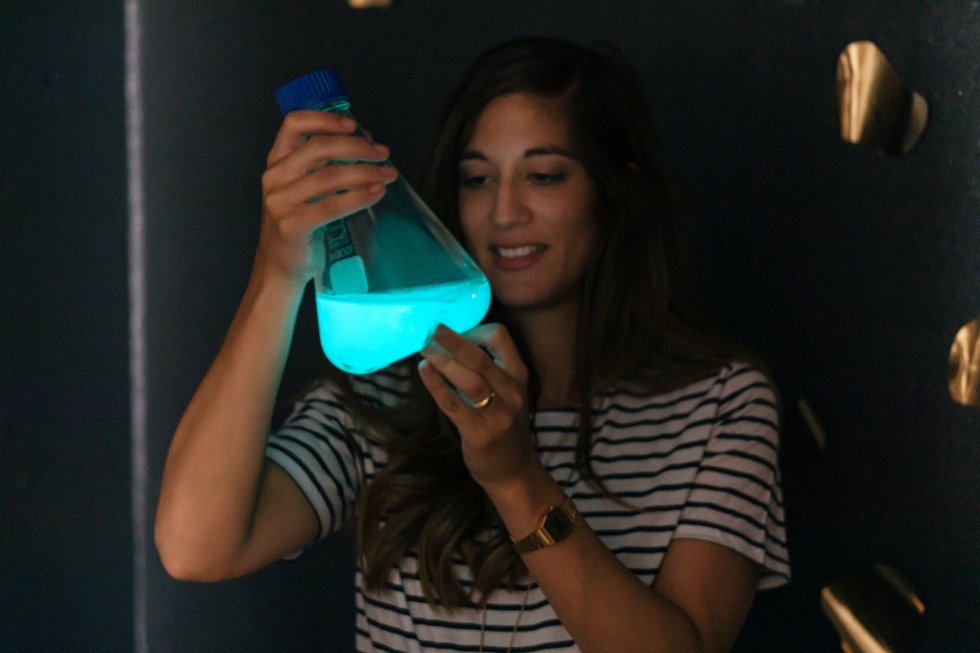

Photographe chez Welcome to the Jungle
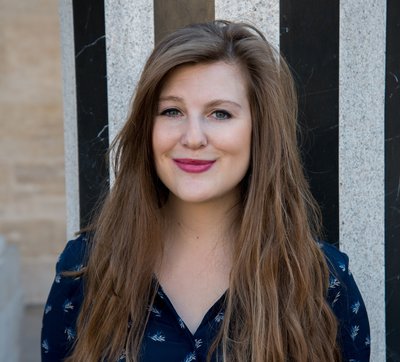
Communications & content manager
Take a moment to imagine that the intense bright light created by electricity could be replicated by a living, reproducible, biodegradable resource. Madness, you say? The stuff of dreams? Sandra Rey and her team at Glowee disagree. They have developed a solution that harnesses the light produced by marine microorganisms. Since they set up the company in 2014, their goal has been to make bioluminescence a common energy source in the future. So let’s put the spotlight on Sandra Rey, the founder of this innovative project, which manages to be scientific and sustainable.
Glowee is a bit of a crazy concept. Where did you get the idea?
To be honest, it was just a coincidence. Glowee was my first design project and my first job too! When I was studying at Strate School of Design in Paris, I took part in a competition based on the theme of biology. I began to take an interest in light and came across a video about bioluminescent fish living in the depths of the ocean. It suddenly occurred to me that if fish were able to create light, maybe we could reproduce their technique to create light ourselves.
I ended up winning the contest! A press officer relayed information about the prize-winners’ projects to the media, which had an extremely fast, unexpected impact. We were then contacted by a number of companies who wanted to know how it all worked, so I realized there must be a market. As a result, I decided to start the company.
You have no technical or business training. How did you run this project?
You’re right, I studied design. I had no experience in R&D techniques and I didn’t have a commercial base to sell the solution or any experience in setting up a business. However, I have always been an entrepreneur at heart. By the age of 16, I had already started working towards living independently and during my second year of college, I became a freelance designer.
I had to admit that I lacked a few management skills, so I decided to take up some training. I studied social entrepreneurship for six months at the ESCP European Business School before embarking on my journey with Glowee.

How exactly do you make light?
Many organisms are capable of producing light. On planet Earth we have glowworms, earthworms, fireflies, and so on, which all create light, and so do 80% of marine organisms. In fact, there are probably millions of species that we have not yet discovered, in the depths of the oceans, which have this natural ability. These organisms have genes that produce very specific molecules, which, when combined, create photons (elementary particles of light). This reaction is called bioluminescence: it comes from the Greek word, bios, meaning life; and the Latin word lumen, which means light. That is what Glowee is all about.
“This reaction is called bioluminescence: it comes from the Greek word, bios, meaning life; and the Latin word lumen, which means light. That is what Glowee is all about.”
We use microorganisms that carry the genes to produce light. We then try to create the optimum conditions for these bacteria to produce the strongest amount of light possible.
How do you ‘improve’ bioluminescent bacteria and how long has the R&D process taken?
The idea has always been to use natural evolution as leverage to make the bacteria mutate positively. We place them under extreme conditions, such as high pressure, or very high and low temperatures, so they become more resistant and more productive. We also try to determine which nutrients produce the most growth and which environments make them the most efficient.
In terms of how long it takes; it depends. In research and development, you can get almost instant results or it can take years. It took us a while before we got positive results. But over the past 12 months, we have managed to multiply their “brightness” by 50. Fingers crossed, we can keep going in this direction.
“It took us a while before we got positive results. But over the past 12 months, we have managed to multiply their “brightness” by 50.”

What is it like using living organisms as your raw material?
Working with bacteria has no particular ethical implications. They are microorganisms that evolve on a daily basis and are not conscious.
However, working with living organisms does change the way customers consume our products. They do not really go through the traditional stages of production, installation, daily maintenance, or even removal and recycling. Bioluminescence can’t replace a light bulb, but it is an alternative. New professions and trades have to be created to look after the supply chain. At Glowee, we are figuring out who these canonical energy players are and when they are needed, so new processes and new job titles can be created.
What do you see in Glowee’s future?
My dream is to make bioluminescence a no-brainer; that it becomes a completely normal, widespread source of energy. There is so much potential in this solution that it’s mind-blowing. Our aim is to illuminate the urban landscape in a sustainable way. It is a huge challenge and it’s not going to happen overnight. Patience is required, especially in the energy sector, where multinationals are taking over market niches. The issue is getting a new form of technology to become a standard one. This usually takes five, seven, or even 10 years, which is why it’s crucial to target intermediate goals rather than long-term ones to avoid getting discouraged.
“My dream is to make bioluminescence a no-brainer; that it becomes a completely normal, widespread source of energy.”
Today, Glowee sells two kinds of product: temporary bioluminescence installations for events and the first permanent bioluminescent relaxation system for spas and hotels, which gives a soothing glow. This allows the democratization of the energy source and has provided us with the funds to continue our R&D. These are small steps, but they are leading us towards our ultimate goal: making bioluminescence a popular and widely adopted energy source in the urban landscape.
Some entrepreneurs feel they are cheating themselves out of something by taking on solutions that do not necessarily match their immediate long-term goals. To me, it’s a mistake to think like that because it can prevent you from reaching your final goal. As long as you don’t lose sight of your long-term, environmentally friendly mission, intermediate steps are a way of ensuring success.

What does work mean to you?
Work gives me a great sense of fulfillment. That is quite common among entrepreneurs because setting up a company usually stems from a passion or an interest. Glowee employees seem to feel the same way—they are very committed.
I believe work is also intrinsically linked to the impact we would like to have on the world. As far as I am concerned, I have two objectives in terms of impact. First, I would like to work on something that pushes society in the right direction. Glowee has the potential to change how we think about energy and create general awareness around energy issues. The second is to create jobs that have scientific, humane and environmentally friendly values, all within one team.
“I believe work is also intrinsically linked to the impact we would like to have on the world.”
Tell us about your team. What are their qualities and what do you look for in new recruits?
We share a certain kind of audacity and a desire to take risks. We are focusing on breakthrough innovation, which requires time, courage, and patience. We all have an idealistic dreamer side to us. These are really important traits, because if we were just pragmatic, we wouldn’t be able to face all the trials and tribulations that await us before our technology becomes the norm.
I have had a lot of support, not just from the wonderful people I work with at Glowee, but from 50 Partners, a business incubator, entrepreneurs, and a whole host of other parties. There will always be hard knocks in entrepreneurship, but I was given one piece of advice that has really helped me: “Glowee is like Pascal’s wager. You don’t know if it is going to work, but the stakes are so high that you absolutely have to try.”
Glowee wants to change our relationship to energy. Where do you see the future of the energy sector?
We believe that these three issues will shape tomorrow’s energy landscape:
- Establishing the right energy mix will be beneficial
Humans tend to look for a miraculous answer that makes us feel as if we are taking responsibility, such as installing solar panels everywhere, for example. However, these are only effective in certain areas and have an environmental cost. It is important to use solutions that suit the given context. - Nature provides the best inspiration
Glowee is proof of this: at the start, we looked at what was happening in the sea naturally to develop innovative technology that we wanted to market as a future norm. - We need to re-think the eco-cost equation across the whole chain
We should be taking the ecological cost of construction, consumption, and recycling into account. At Glowee, our raw material is alive, infinitely reproducible and biodegradable. It is unprecedented and valuable.
Translated by Mildred Dauvin
Photos by WTTJ
Follow Welcome to the Jungle on Facebook and sign up for our newsletter to receive our articles every week.

More inspiration: Working for the planet

The ‘passion tax’ animal welfare workers are expected to pay
Workers in welfare and rescue organizations, zoos, and veterinary say their love for animals is often exploited, leading to burnout and high turnover
Mar 04, 2024

Healthcare industry emissions are a problem, but doctors can help
Medical professionals are working to address the greenhouse gas impact of their industry, from changing clinic practices to...
Feb 05, 2024
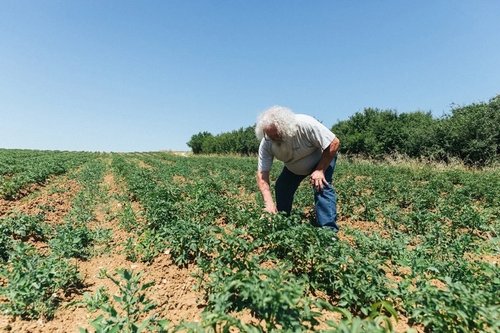
Here’s how to make work safer as climate change worsens heat stress
As though climate change didn't pose enough challenges, rising temperatures are also sapping workers' productivity and health
Aug 23, 2023
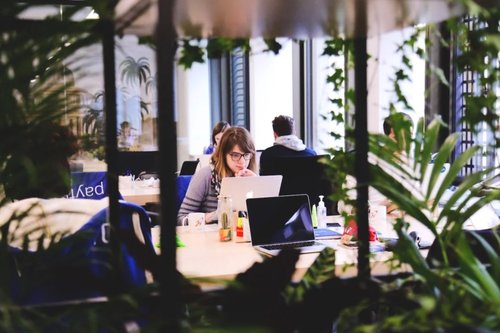
Sorting the green from the greenwashed: How sustainable is your employer?
A majority of Americans care about corporate sustainability. But how do you know if your company is walking its climate talk?
Mar 27, 2023
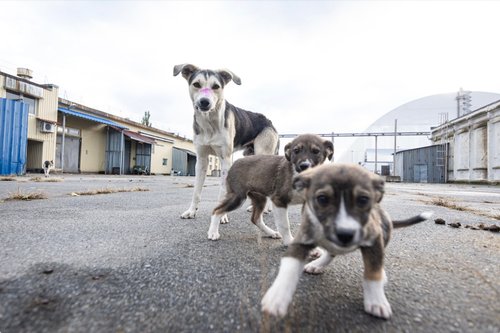
The wild dogs of Chernobyl: the story of the pups born on radioactive wasteland
What happened to the animals left behind after the nuclear disaster in Ukraine, and who are the people helping them?
Nov 16, 2022
The newsletter that does the job
Want to keep up with the latest articles? Twice a week you can receive stories, jobs, and tips in your inbox.

Looking for your next job?
Over 200,000 people have found a job with Welcome to the Jungle.
Explore jobs